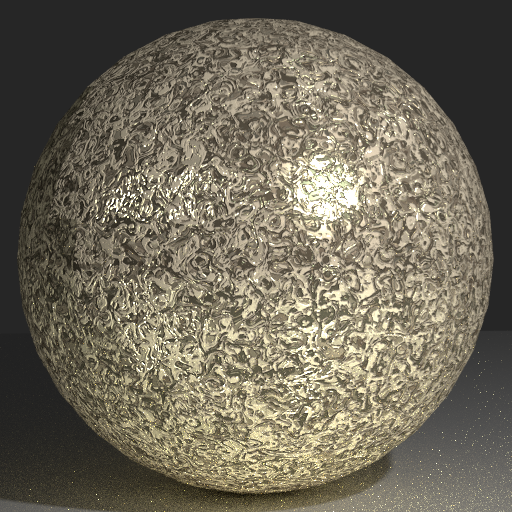Still tired, as always.
But, I wrote some simple OSL shaders.
Both use [Color, BSDF Closure] pairs.
The idea behind,
its about a node which work like “add bsdf” or “mix bsdf”, which is not limited to a single scalar. Rather then mixing using a scalar, bsdfs are mixed or matched basing on their color difference to the input color.
This BSDF tries to match an imput color to a color out of a [Color, BSDF] pair.
/* File match_bsdf_3.osl */
void match (
color c, color v,
float min,
closure color C,
output float min_res,
output closure color C_res)
{
float store_dist = distance (vector(c), vector(v));
if ( store_dist < min) {
C_res = C;
min_res = store_dist;
}
}
shader match_bsdf_3(
color C1 = 0.8,
color C2 = 0.8,
color C3 = 0.8,
closure color BSDF1=0,
closure color BSDF2=0,
closure color BSDF3=0,
color Switch = 0.8,
output closure color BSDF = 0)
{
closure color b = BSDF1;
vector sw = vector (Switch);
float min_dist = distance (vector(C1), sw);
match(C2, Switch, min_dist, BSDF2, min_dist, b);
match(C3, Switch, min_dist, BSDF3, min_dist, b);
BSDF = b;
}
This BSDF does not match input BSDFs, but it mix them, depending on their “paired” color.
/* file: mix_col_3.osl */
shader mix_col_3(
color C1 = 0.8,
color C2 = 0.8,
color C3 = 0.8,
closure color BSDF1=0,
closure color BSDF2=0,
closure color BSDF3=0,
color Switch = 0.8,
output closure color BSDF = 0)
{
float dst1 = distance(vector(C1), vector(Switch));
float dst2 = distance(vector(C2), vector(Switch));
float dst3 = distance(vector(C3), vector(Switch));
float mi = min ( min (dst1, dst2), dst3);
float ma = max ( max (dst1, dst2), dst3);
float siz = 1/(ma - mi);
BSDF = siz*(dst1*BSDF1 + dst2*BSDF2 + dst3*BSDF3);
}
The attached image was rendered using mix_col_3 node together with glossy bsdfs and algorithmic textures (those give the color input for “Switch”). The “value” field of the alghoritmic texture was used to create bumps.
“mix_col_3” still is WIP.
Happy blending.

